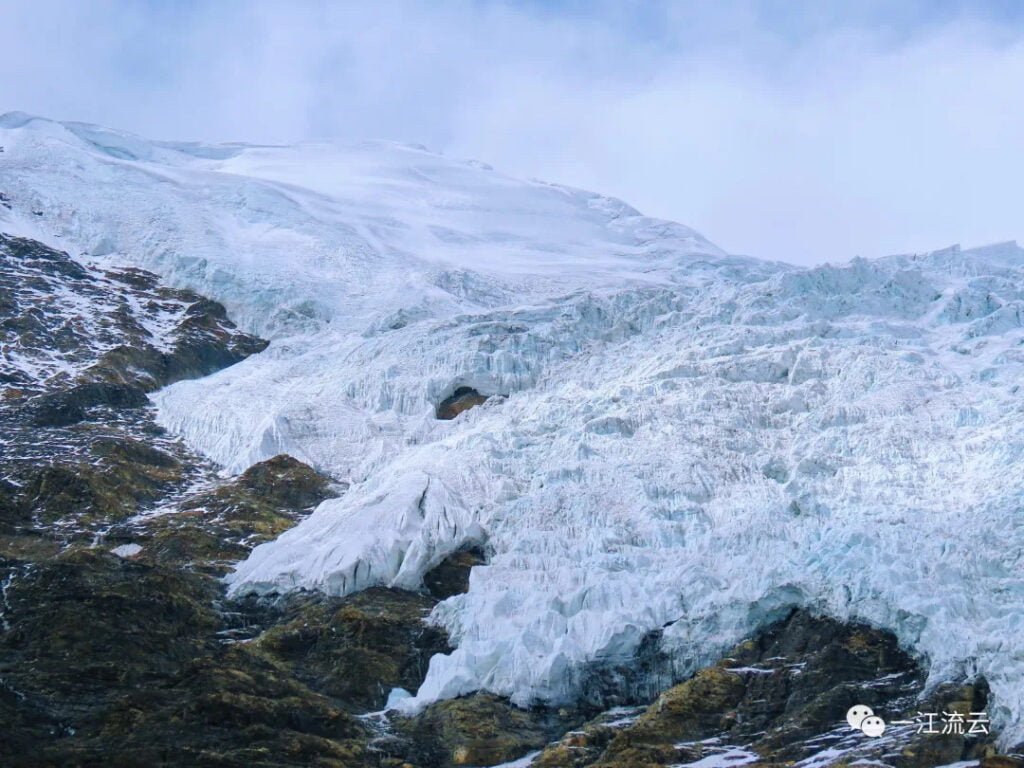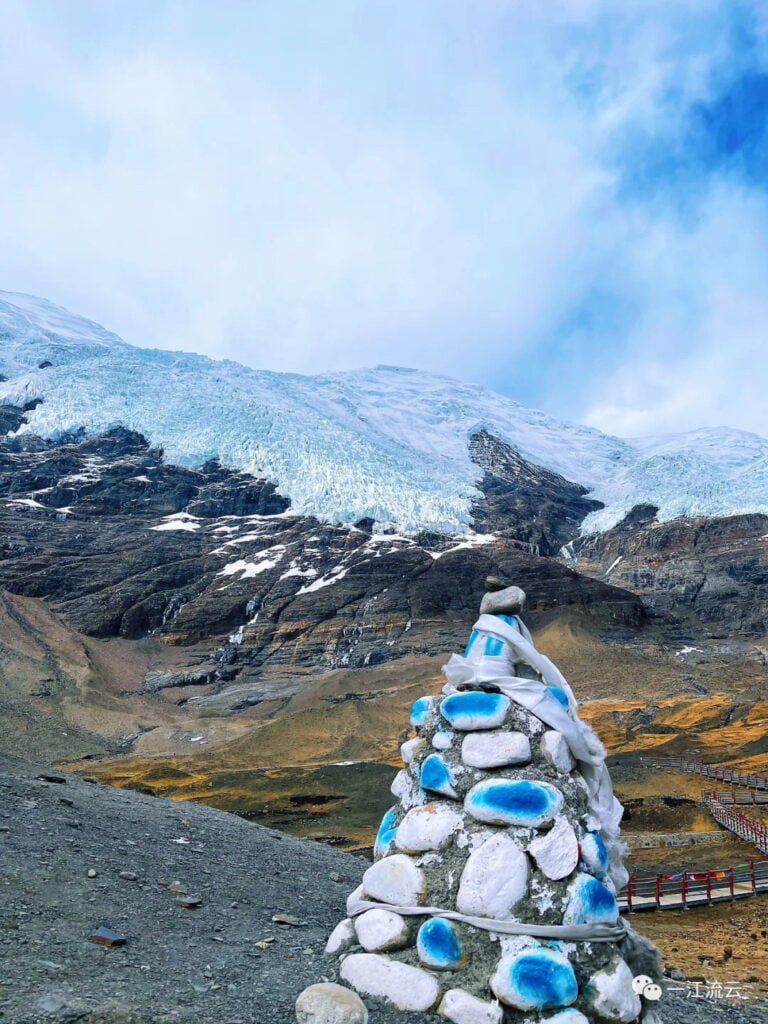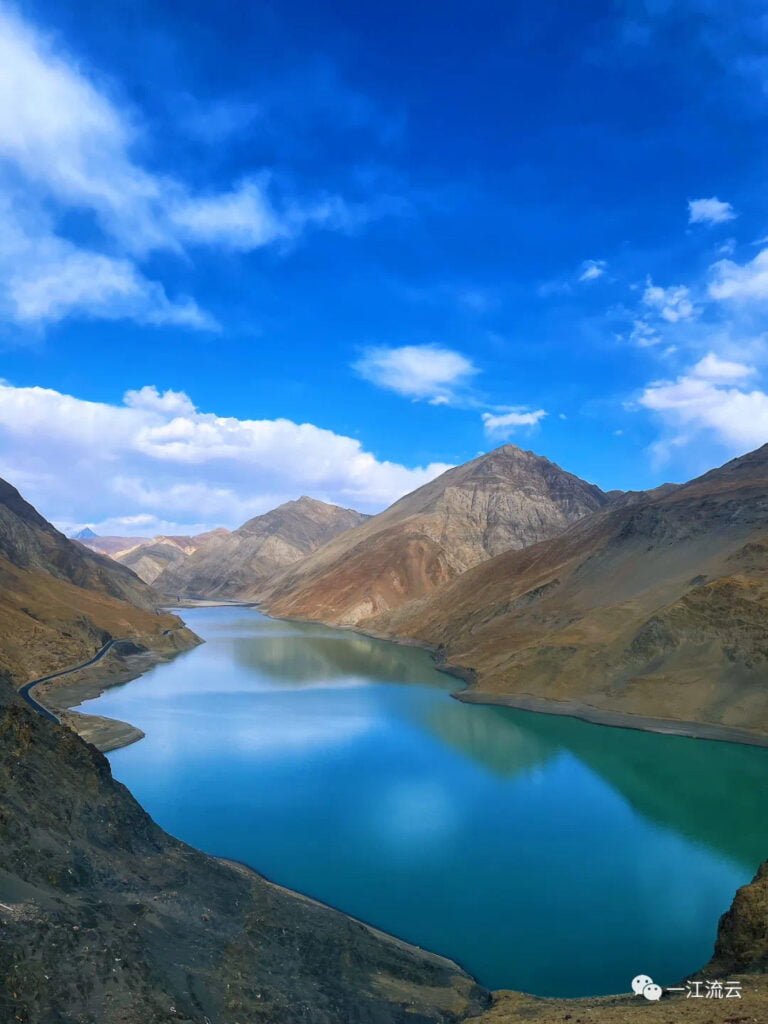Introduction to the Karola Glacier
The Karola Glacier, nestled at the junction of Langkazi and Gyangtse counties in the Shannan region of Tibet, stands as one of the three major continental glaciers in the area. Situated approximately 5400 meters above sea level, this glacier provides a spectacular natural wonder. The observation point, located about 5600 meters north of the pass, offers a view of a hanging glacier formed from the southern drift of the Ningjin Kangsha Peak Glacier.

Geographical Features of Karola Glacier
Karola Glacier is backed by the southern slope of Nachin Kangsang Peak, which at 7191 meters, ranks among the four highest peaks in Tibet. The glacier is characterized by an upper ice cap with a gentle slope, leading down to two distinct ice tongues, resembling hanging glaciers. The east ice tongue stretches 3 kilometers in length, 750 meters in width, and reaches a height of 5233 meters at its terminal. In contrast, the west tongue extends over 4.5 kilometers, with a width of 1.5 kilometers, and a terminal height of 5145 meters. Covering an area of 9.4 square kilometers, the glacier presents a magnificent sight.

Karola Glacier in Popular Media
The Karola Glacier has gained significant recognition due to its feature in films like “Honghe River Valley,” “Battle of Gyangze,” and “Yunshui Ballad.” These cinematic portrayals have drawn many tourists to this location, eager to witness the glacier’s splendor. However, it’s notable that during the filming of “Honghe River Valley,” explosives were used to create a realistic avalanche scene, resulting in a permanent triangular gap in the glacier.
Environmental Concerns
With the escalating effects of the greenhouse phenomenon, the snow line of the Karola Glacier is receding annually, raising concerns about its future existence. The glacier’s gradual transformation is a poignant reminder of the environmental challenges facing our planet.


